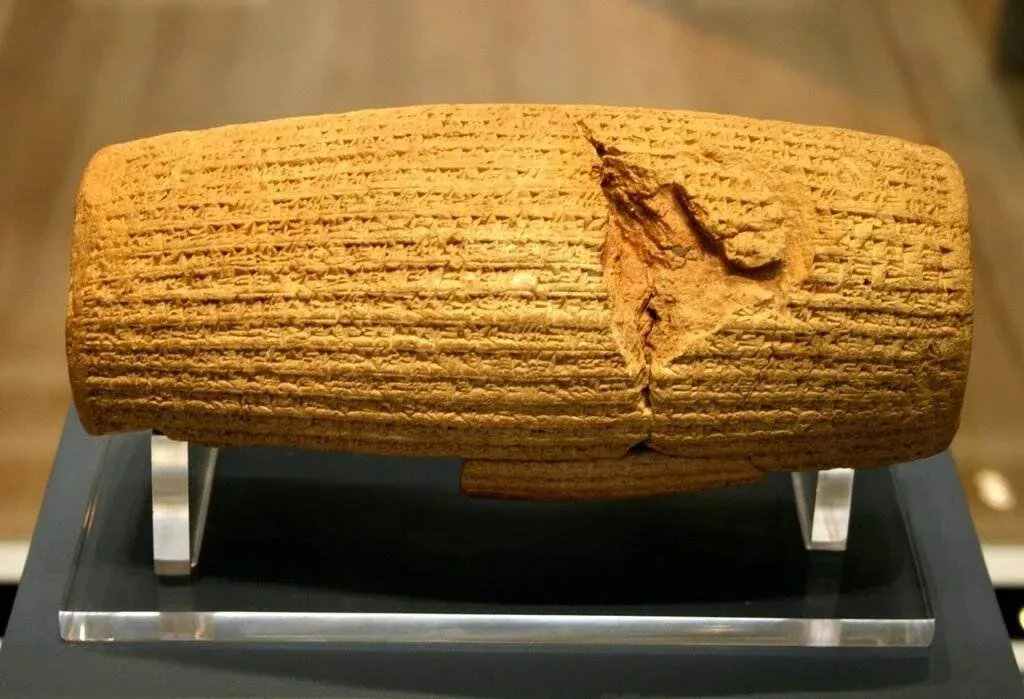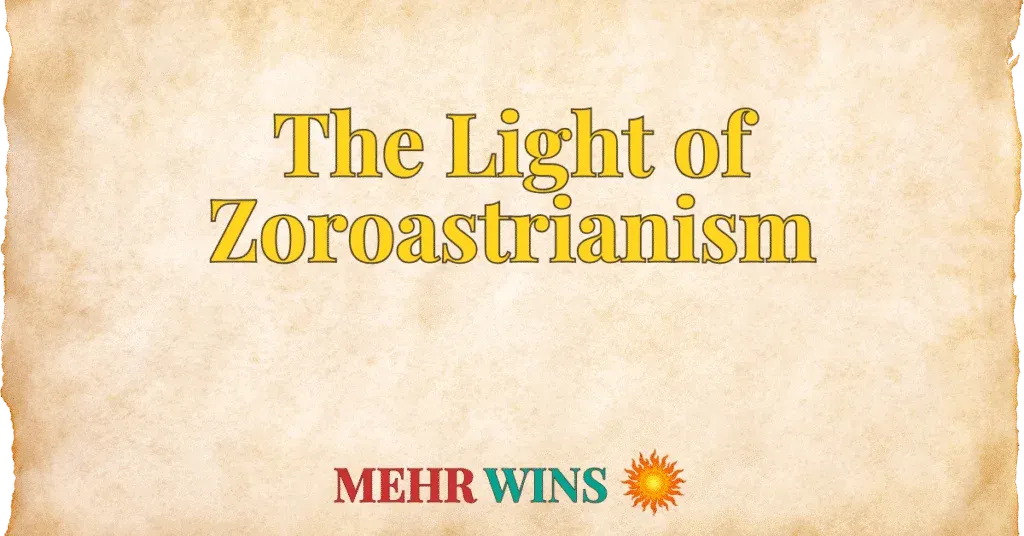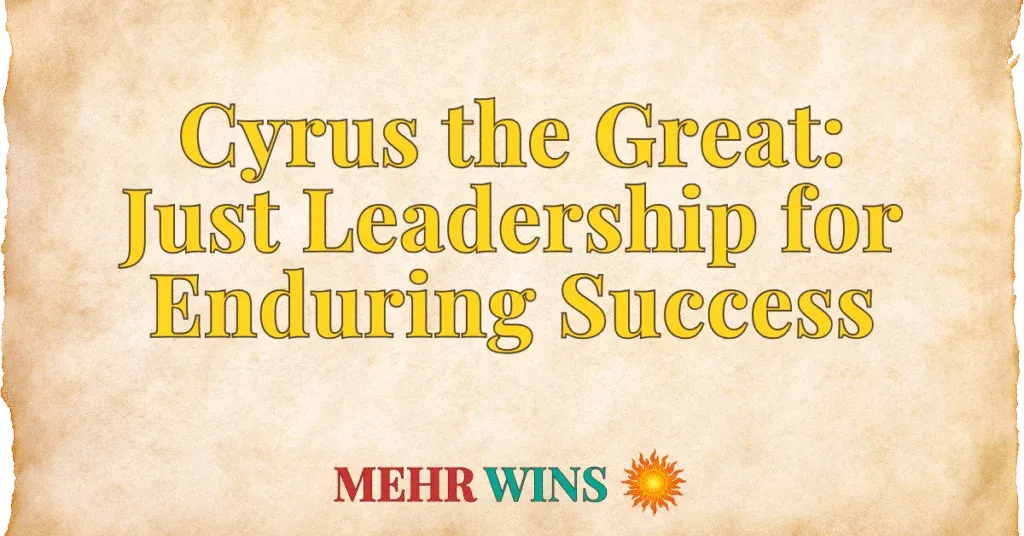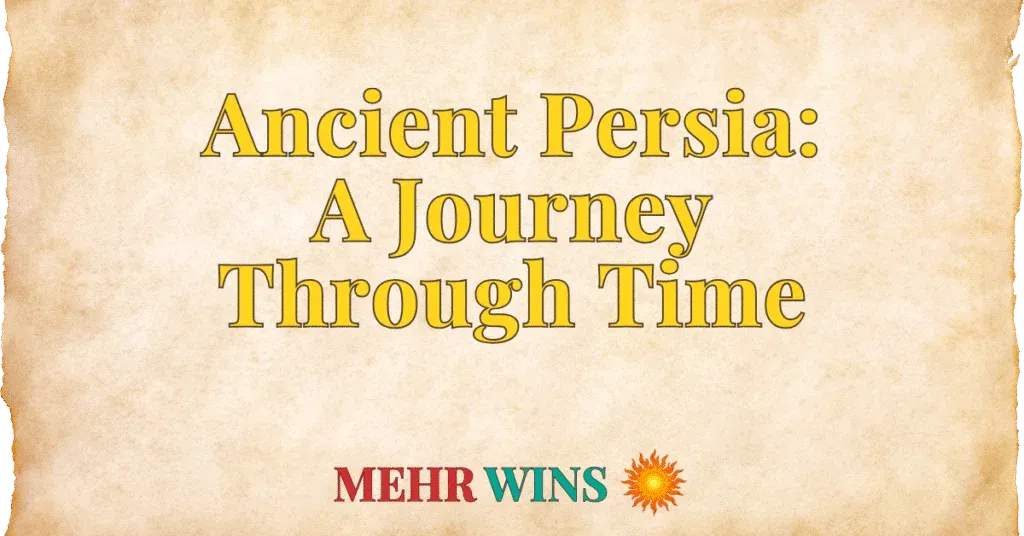
Imagine a world defined by conquest, where the victor’s will was the only law, and the fate of a defeated people was enslavement, forced assimilation, or death. This was the brutal reality of the ancient Near East, a landscape shaped by empires like the Assyrians and Babylonians who wielded power through fear and cultural erasure. Yet, amidst this landscape of tyranny and subjugation, a small, unassuming clay cylinder emerged from the ruins of Babylon, carrying a message so radical it would ripple through millennia. This is the story of the Cyrus Cylinder, a document not of brute force, but of enlightened governance and a humane vision for a diverse empire. Far from a mere historical relic, this artifact is a foundational text in the history of human rights, its principles a testament to a king who dared to imagine a different kind of power. The truth of its importance lies in its profound departure from the norms of its time and its uncanny foresight, laying the groundwork for ideas we consider fundamental today.
The Cyrus Cylinder is a remarkable object, a barrel-shaped clay document about nine inches long, inscribed in Akkadian cuneiform. It was discovered in 1879 during an excavation of the ruins of Babylon. This image of the Cyrus Cylinder was taken on 27 June 2010 at the British Museum.

Attribution: Cyrus Cylinder https://commons.wikimedia.org/wiki/File:Cyrus_Cylinder.jpg by Mike Peel (http://www.mikepeel.net/), licensed under CC BY-SA 4.0 (https://creativecommons.org/licenses/by-sa/4.0/)
The document was revolutionary because it fundamentally redefined the relationship between a ruler and the ruled. In an era where a king’s power was absolute and often divinely sanctioned to be merciless, Cyrus chose a different path. His decree was a meticulously crafted political and philosophical statement. He did not just seize power; he legitimized it by presenting himself as a liberator, a restorer of justice and order. He established a new precedent for imperial rule, one that prioritized the welfare of his subjects. This was a document of inclusion, outlining a series of policies that were unprecedented for their time, each detailed below.
Legitimacy: A Divine Right to Rule
Cyrus began his reign not through military might, but through a masterful act of legitimation that won him the loyalty of his new populace. The charter opens by denouncing the deposed Babylonian king, Nabonidus, as a tyrant who had oppressed his people and neglected their gods. It positions Cyrus as the chosen agent of Marduk, Babylon’s chief deity, sent to restore order, which was a brilliant political move. The text details how Nabonidus had alienated his own subjects by ignoring traditional religious rituals, imposing unjust labor upon them, and focusing his worship on the moon god Sîn instead of the city’s patron deity. This created a profound sense of dissent and theological crisis within Babylon, making the city’s influential priesthood and common people eager for a change in leadership. By framing his conquest as a divine rescue, Cyrus established the principle that a ruler’s authority should be based on the welfare of his people and respect for their cultural norms, a concept that would echo in later ideas of social contract. He presented himself as a savior rather than a conqueror, a benevolent ruler who sought to correct the wrongs of the previous regime. He went to great lengths to restore the temple of Marduk and partake in the traditional New Year’s festival, solidifying his image as a legitimate ruler who honored local customs. This strategic use of religion and public sentiment established his legitimacy in a way that mere military victory could not, setting a powerful precedent for how a new government could gain the trust of a diverse populace.
Security: An End to Oppression
One of the charter’s first promises was an end to the terror that had defined previous empires. Cyrus explicitly states that upon his entrance into Babylon, he “did not permit any to terrorize the land.” This was a revolutionary guarantee. Ancient conquests were almost always followed by widespread violence, looting, and destruction. For instance, the Neo-Assyrian Empire, which preceded Cyrus’s era, was notorious for its brutal massacres and the public display of its enemies’ bodies, designed to instill fear and prevent rebellion. The citizens of Babylon were well aware of this brutal historical precedent and fully expected a similar fate. Cyrus’s immediate promise of peace and security was a direct appeal to a war-weary populace, demonstrating a commitment to their safety that was almost unheard of in that era. This policy was not just a humanitarian gesture, but also a brilliant strategic move. By ensuring the safety of his new subjects, Cyrus earned their cooperation and trust, fostering a stable environment that was essential for governance. Unlike previous empires that relied on fear, the Achaemenid Empire thrived on a foundation of loyalty and stability, which proved far more enduring. This laid the groundwork for the modern idea that a government’s primary duty is to protect its citizens from harm, and that a ruler’s legitimacy is tied to his ability to provide a secure and peaceful life for his people, a principle that remains a cornerstone of international law and governance today.
Freedom: Respect for All Beliefs
Perhaps the most significant provision of the cylinder is its explicit commitment to religious freedom. Cyrus not only tolerated the local gods of Babylon but actively supported them, returning stolen idols and rebuilding desecrated sanctuaries. This was an unprecedented act. Conquering rulers typically imposed their own deities on a defeated populace, either through force or assimilation. Cyrus understood that a stable empire was a diverse one, and that a policy of respect for different faiths would foster loyalty and cooperation. This act of profound religious tolerance became a cornerstone of the Achaemenid Empire’s success, allowing a mosaic of cultures and religions to flourish under a single banner. It allowed diverse populations, from Egyptians to Babylonians and Jews, to maintain their cultural identity and practice their own religions without fear of persecution. This pluralistic approach made them more willing to be part of the larger empire, as they did not feel oppressed or culturally erased. This commitment to religious tolerance is a clear and powerful precursor to one of the most cherished human rights in the modern world, demonstrating that respect for different beliefs is essential for a harmonious society and a flourishing civilization.
Return: A Home for the Displaced
The charter also included a powerful provision for displaced peoples. Cyrus states, “I gathered all their former inhabitants and returned to them their habitations.” This was a direct reversal of the Assyrian and Babylonian policies of mass deportation, a tool used to break the spirit of conquered nations. These policies involved forcibly removing entire populations from their homelands to prevent rebellion, a practice that caused immense suffering and cultural loss.Entire communities of skilled artisans, farmers, and traders were uprooted, which not only devastated their lives but also undermined the economic and social fabric of their regions. By allowing these exiled populations to return to their homes, Cyrus demonstrated a profound respect for cultural identity and self-determination. The most famous example is the return of the Jewish people to Jerusalem after their Babylonian exile. The Book of Ezra in the Bible explicitly praises Cyrus for this act, which allowed them to rebuild their temple and restore their community. This established a foundational principle that a people have a right to their homeland and their community, a concept that remains a central pillar of international law today. Furthermore, this policy was a shrewd economic decision, as the returning populations, often skilled and educated, helped to revitalize the territories and contribute to the empire’s wealth.
Prosperity: The Ruler’s Duty to Serve
Finally, the Cyrus Cylinder concludes with a vision for a prosperous and thriving empire. Cyrus proclaims that he “made the land… to have peace and prosperity” and “provided for the needs of the population.” This provision ties all the others together, establishing that a ruler’s greatness is measured not by the size of his army, but by the happiness and well-being of his people. These were not just empty words; the policies of peace, religious tolerance, and safe return all worked to create an environment where trade, agriculture, and life could flourish. The idea that the state serves the people is a cornerstone of modern democratic thought. It stands in stark contrast to the divine right of kings, where a monarch was only accountable to God. By framing his rule as a service to his subjects, Cyrus created a new paradigm for governance. His successors, particularly Darius the Great, would later formalize these ideas by establishing a standardized taxation system, a common currency, and the Royal Road, a marvel of infrastructure that connected the vast empire. These policies cemented Cyrus’s legacy as a ruler who built an empire on a foundation of enlightened governance and a deep understanding of the economic benefits of a contented populace.
The Enduring Legacy of a Charter
The Cyrus Cylinder’s historical significance is undeniable, but its true power lies in its enduring legacy as a symbol of humanistic ideals. While no modern civilization or nation-state explicitly cites the charter as its legal foundation, its principles have been embraced and reinterpreted across time. For example, in 1971, the Pahlavi dynasty of Iranofficially promoted the cylinder as the “first charter of human rights,” celebrating its principles as a cornerstone of Iranian national identity and using it as a political tool to legitimize their own rule on the world stage, a testament to the document’s powerful symbolic resonance. This symbolic power was further solidified when a replica of the cylinder was presented to the United Nations. It now resides in the UN headquarters in New York, with its text translated into all six official languages. The UN’s embrace of the cylinder highlights a universal truth: the quest for human dignity, tolerance, and justice is not a recent invention. The principles articulated by Cyrus, which state that a ruler has a moral obligation to protect the rights of all subjects regardless of their origin or religion, are concepts that feel modern, yet they were articulated over 2,500 years ago. This charter, a humble artifact from a distant past, serves as a powerful reminder that even in the most brutal of times, the seeds of a more just and humane world can be sown.



